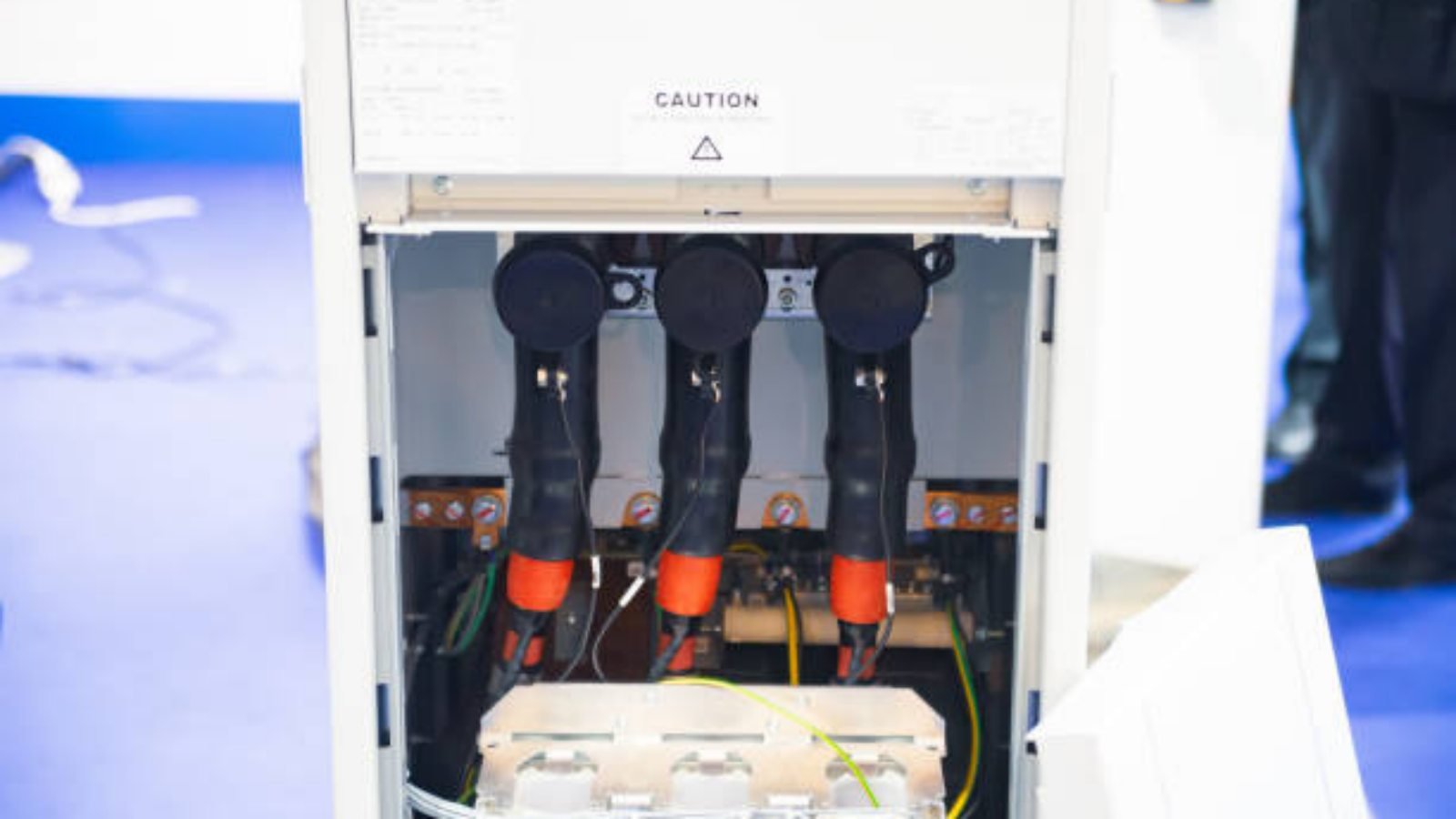Safeguarding Your Systems: The Crucial Role of Vacuum Circuit Breakers
Introduction
As technology continues to advance, the importance of safeguarding our electrical systems becomes increasingly crucial. One of the key components in ensuring the safety and reliability of our systems is the vacuum circuit breaker. In this article, we will explore the various aspects of vacuum circuit breakers and their pivotal role in protecting our systems from potential hazards.
1. Understanding Vacuum Circuit Breakers
A vacuum circuit breaker is an electrical switching device that is designed to interrupt the flow of current in a circuit during abnormal conditions. Unlike traditional circuit breakers, which use air or oil as the medium for arc extinction, vacuum circuit breakers utilize a vacuum to extinguish the arc. This unique design offers several advantages, including faster arc extinction, reduced maintenance requirements, and improved safety.
2. The Arc Extinction Process
One of the key functions of a vacuum circuit breaker is to extinguish the arc that occurs when the circuit is interrupted. When the contacts of the breaker separate, a high-voltage arc is formed. The vacuum within the breaker quickly ionizes, creating a highly conductive path for the arc. The intense electromagnetic field generated by the arc then forces the arc to move towards the outer periphery of the contacts, where it is stretched and eventually extinguished.
3. Benefits of Vacuum Circuit Breakers
Vacuum circuit breakers offer several advantages over other types of circuit breakers. Firstly, their superior arc extinguishing capability ensures a quick and reliable interruption of current, minimizing the risk of electrical faults. Additionally, vacuum circuit breakers are compact in size and require minimal maintenance, making them ideal for use in various applications, including power distribution systems, industrial plants, and residential buildings.
4. Enhanced Safety Features
When it comes to safeguarding our systems, vacuum circuit breakers offer enhanced safety features. The vacuum insulation within the breaker eliminates the possibility of fire or explosion, providing a high level of protection against electrical hazards. Furthermore, the vacuum interrupters used in these breakers are highly reliable and have a long service life, ensuring continuous and uninterrupted operation of the electrical system.
5. Environmental Considerations
In today's environmentally conscious world, vacuum circuit breakers are the preferred choice due to their eco-friendly nature. Unlike oil circuit breakers, which require regular maintenance and pose a risk of contaminating the environment, vacuum circuit breakers are free from any harmful gases or substances. This makes them a sustainable option for protecting our systems without compromising the well-being of our planet.
6. Applications in Power Distribution Systems
Vacuum circuit breakers find extensive use in power distribution systems. Their ability to handle high voltage levels and interrupt heavy fault currents make them suitable for protecting transformers, generators, and other critical equipment. Additionally, their compact size and modular design allow for easy installation and integration into existing power infrastructure.
7. Industrial Applications
Industrial plants often rely on vacuum circuit breakers to safeguard their complex electrical systems. From motor control centers to switchgear assemblies, these breakers play a crucial role in maintaining the operational integrity of industrial processes. The ability of vacuum circuit breakers to quickly interrupt faulty circuits ensures minimal downtime and prevents costly damage to equipment.
8. Residential Applications
While vacuum circuit breakers are commonly associated with large-scale systems, they also have applications in residential buildings. These breakers provide reliable protection against short circuits and overload conditions, ensuring the safety of household electrical systems. Furthermore, their compact design allows for easy installation in distribution panels, making them an essential component of modern homes.
9. Maintenance and Testing
Proper maintenance and regular testing of vacuum circuit breakers are essential to ensure their optimal performance. Periodic inspections, cleaning, and lubrication of moving parts help to prevent wear and tear, ensuring the longevity of the breaker. Additionally, functional testing and insulation resistance measurements verify the integrity of the breaker and identify any potential issues before they escalate into major faults.
10. The Future of Vacuum Circuit Breakers
As technology continues to advance, so too will the capabilities of vacuum circuit breakers. Ongoing research and development aim to further improve their performance, efficiency, and reliability. With the increasing demand for clean and sustainable energy sources, vacuum circuit breakers will play a crucial role in ensuring the safe and reliable operation of future power systems.

